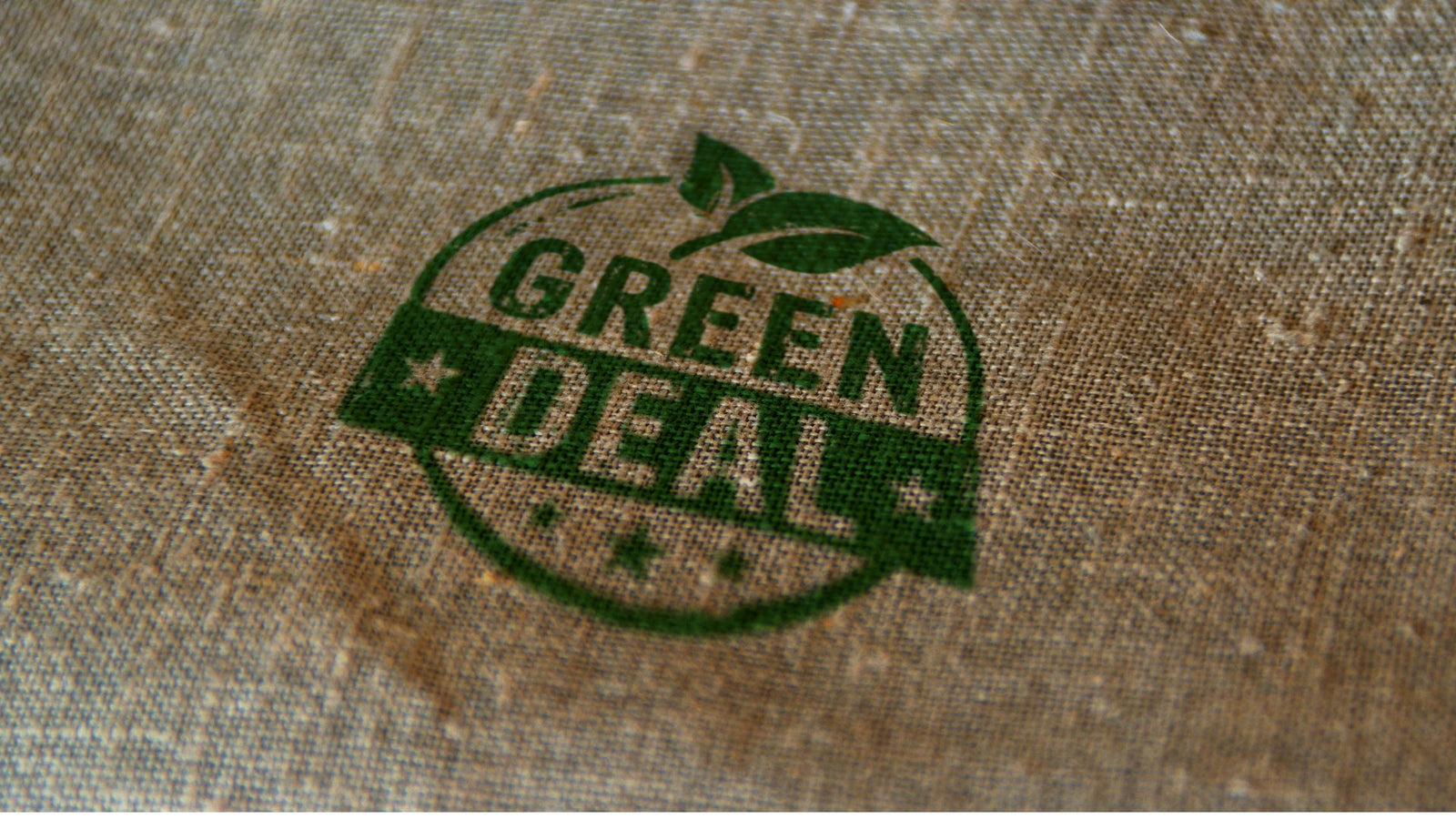Kashish and Indigo Natural Dyes: A 4,000 year-old river of craft, creativity and culture
When the world was mostly dun brown, color and pattern were vivid signifiers of luxury and status. The historical center of beautiful textiles is India, which has a textile tradition going back at least 4,000 years on two vectors. One vector is handweaving, which the market valued for sensory qualities of airiness, softness and coolness on the skin. The other is India’s unparalleled command of natural plant dyes, refined pattern designs and sophisticated, sequenced techniques of printing, dyeing and binding color to cloth.
Author William Dalrymple, writes that in 1599 the Indian Mughal Empire produced about 37.6% of world's GDP, much of it from the luxury textile trade. The capacity to embed cloth with long lasting color made Indian textiles highly desirable. We crave saturated colors and the kinds of intellectual, poetic and personal storytelling that prints carry. The region's refined color and pattern-imparting technologies, and they really are still that, were key to glorious Mughal court life. These technologies were also closely kept commercial secrets, analogous to what glass was to Venice or silk was to China. Shopping with Greige.co means you’ll buy a wonderful product. But, you’ll also step into a 4000 year-old river of craft, creativity and culture.
What Are Natural Dye Block Prints?
Hand block printing with natural dyes adds color, texture and pattern durably and sustainably, using only plants, minerals & heritage techniques. There are many ways to block print color and pattern onto textiles but the two main traditions are 1) direct printing on a plain background and 2) resist printing, which preserves the natural cloth color, or allows the design to take toned background colors. Our bandanas use combined techniques.
Kashish is a general term for the gray patterns, and especially Indigo natural dyes (the distinctive blues). Kashish was the first colorfast dyeing technique that yielded universally craveable color. In Bagru, a traditional center of block printing, locals claim the plants taught them how to use leaves, roots and mordants to create, apply and fix vibrant colors. (Mordants are either from Harda fruit or metallic salts. Both add color and also bind hues to fabrics enduringly). Our natural dye bandanas use natural Harda.
Circularity in Craft & Handmade & Communities
Our block prints are part of a craft guild model that honors deep expertise. In the industrial model, workers do one repetitive job. The craft model of our bandanas is a deeply interconnected and interdependent flow of skills and services where each bandana touches between 15-20 families. These interdependent families embody legacy know-how.
Traditional communities usually have healthy relationships between people, place, and living systems. Core values are more about vibrancy, resiliency and stewardship than extraction. In their way, these communities are leading expressions of Circularity and the Doughnut Economy.
Current Challenges
These super-time-intensive artisan techniques, which are less well known and harder to control than other types of block printing, may not survive much longer because of the availability of cheaper substitutes with a similar look. Authentic natural dye block prints take days to make, but you can feel the time and authority of the real thing. Production lines seek sameness. Craft communities reach for, or at least accept, product variations as valuable differentiation. Here, each product is a unique, handmade, heritage craft object embedded with living history.
About Your Bandana
We work with a third-generation family of natural dye masters on the outskirts of Jaipur in Rajasthan, India. The term “natural dye”, in this case, means exactly that. Specifically, color, craft, pattern and texture come from plants, minerals & heritage make. (We’ll set aside design and block carving to focus on the fascinating color techniques).
- Iron Black and the gray tones come from raw iron, which is a mineral.
- Red Madder comes from the roots of Rubia Tinctoria, which produces the red Alizarin dye compound.
- The beautiful blues come from the leaves of Indigofera Tinctoria. These are soaked in water until there is enough raw dye to scrape into transportable dried indigo cake. The blue dye develops when the dried Indigo ferments in the presence of cane sugar and ash. The pigment takes many days to ferment and stays viable for only a few days. Cotton dipped into fermented indigo appears gray. The distinctive Indigo blue color development is triggered by oxidation (exposure to air). Very deep blues come from repeating the dyeing and oxidation steps.
- The yellowish color on some of our natural dye prints comes from myrabalan, also called Harda, which is a fruit. Adding Harda changes kashish gray into yellow tones via oxidation.
- The pigments are rendered colorfast by Harda and other natural materials like lime and ash...plus experience, time, and skill.






